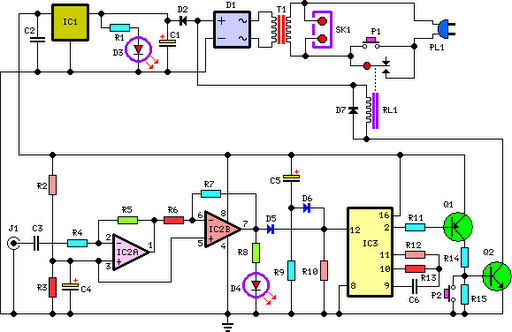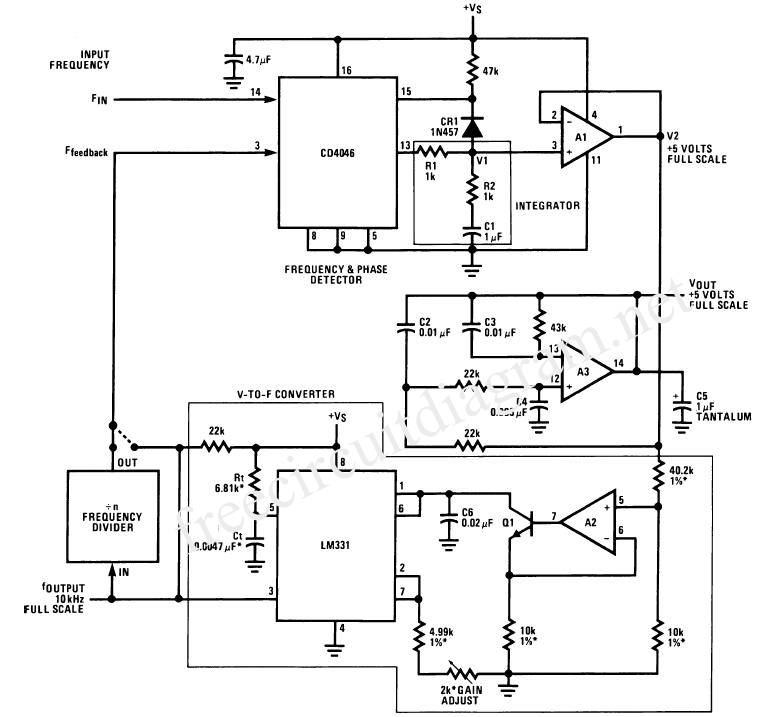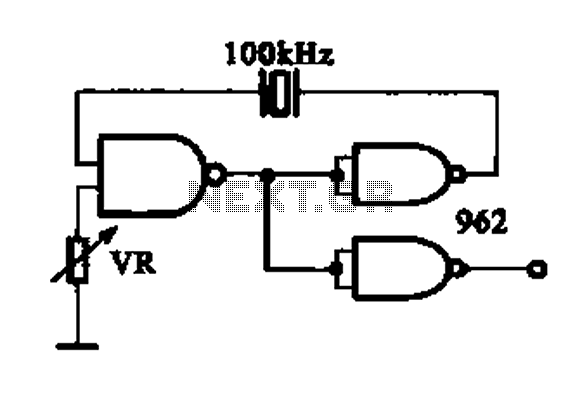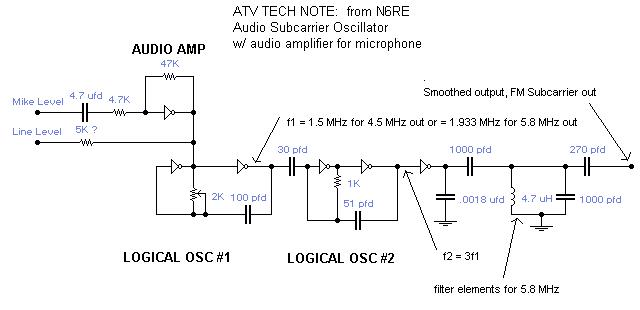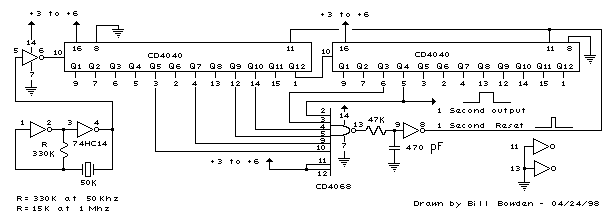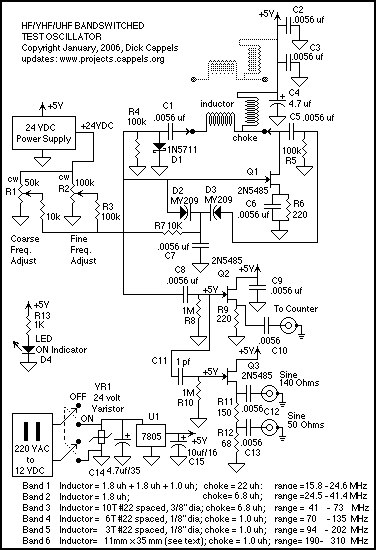
Single op amp oscillator
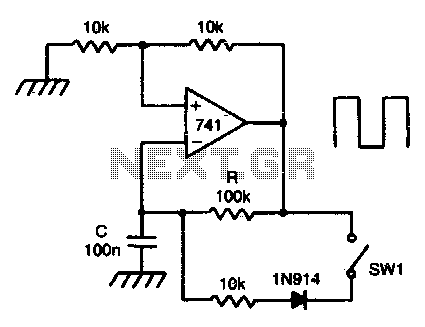
This circuit incorporates a Schmitt trigger and an integrator configured around a single operational amplifier (op-amp). The timing is regulated by an RC network. The voltage at the inverting input tracks the exponential charging of the capacitor within defined upper and lower hysteresis levels. Closing switch SWI accelerates the capacitor's discharge time to ten times the rise time, resulting in the generation of a square wave with a 10:1 mark-to-space ratio.
The circuit operates by utilizing the properties of the Schmitt trigger to introduce hysteresis into the voltage levels, which helps in creating a stable output signal even with noisy or slow input signals. The integrator function, provided by the op-amp, converts the input voltage into a ramp signal, which is then fed into the Schmitt trigger.
The RC network, consisting of a resistor and capacitor, determines the time constants for both charging and discharging phases. During the charging phase, the capacitor voltage rises exponentially until it reaches the upper threshold of the Schmitt trigger, causing the output to switch states. When the output transitions, the capacitor begins to discharge, and closing switch SWI shortens the discharge path, effectively reducing the time constant and allowing the capacitor to discharge rapidly.
The resulting square wave produced by the circuit has a duty cycle defined by the ratio of the time the output remains high (mark) to the time it remains low (space). With a 10:1 mark-to-space ratio, the output is high for a shorter duration compared to its low state, making this circuit suitable for applications requiring specific timing sequences or pulse generation. The design is compact and efficient, leveraging the characteristics of the op-amp to produce a reliable square wave output.This circuit has a Schmitt trigger and integrator built around one op amp. Timing is controlled by the RC network. Voltage at the inverting input follows the RC charging exponential within the upper and lower hysteresis levels. By closing the switch SWI, the discharge time of the capacitor becomes ten times as fast as the rise time
Thus a square wave with an 10:1 mark space ratio is generated. 🔗 External reference
The circuit operates by utilizing the properties of the Schmitt trigger to introduce hysteresis into the voltage levels, which helps in creating a stable output signal even with noisy or slow input signals. The integrator function, provided by the op-amp, converts the input voltage into a ramp signal, which is then fed into the Schmitt trigger.
The RC network, consisting of a resistor and capacitor, determines the time constants for both charging and discharging phases. During the charging phase, the capacitor voltage rises exponentially until it reaches the upper threshold of the Schmitt trigger, causing the output to switch states. When the output transitions, the capacitor begins to discharge, and closing switch SWI shortens the discharge path, effectively reducing the time constant and allowing the capacitor to discharge rapidly.
The resulting square wave produced by the circuit has a duty cycle defined by the ratio of the time the output remains high (mark) to the time it remains low (space). With a 10:1 mark-to-space ratio, the output is high for a shorter duration compared to its low state, making this circuit suitable for applications requiring specific timing sequences or pulse generation. The design is compact and efficient, leveraging the characteristics of the op-amp to produce a reliable square wave output.This circuit has a Schmitt trigger and integrator built around one op amp. Timing is controlled by the RC network. Voltage at the inverting input follows the RC charging exponential within the upper and lower hysteresis levels. By closing the switch SWI, the discharge time of the capacitor becomes ten times as fast as the rise time
Thus a square wave with an 10:1 mark space ratio is generated. 🔗 External reference
